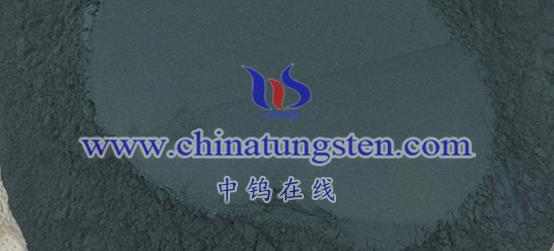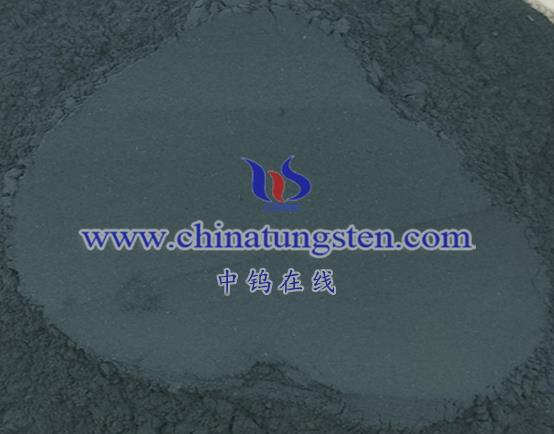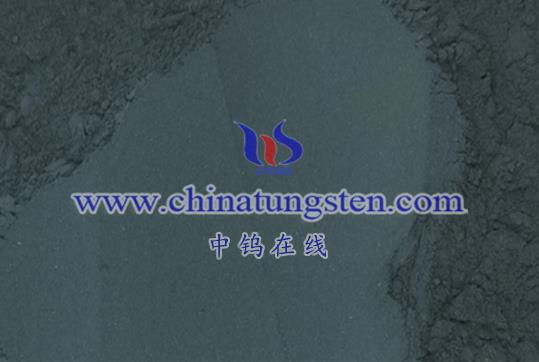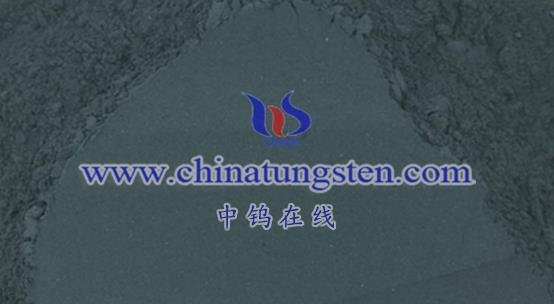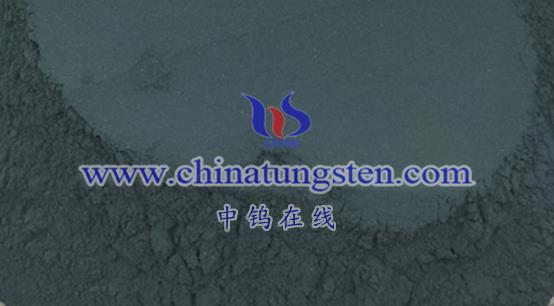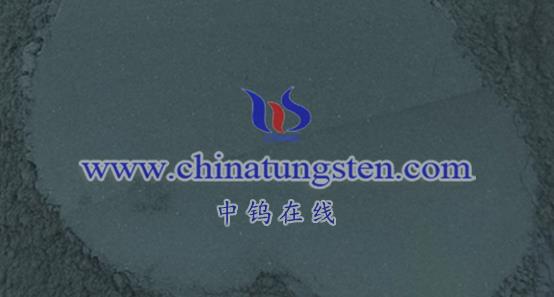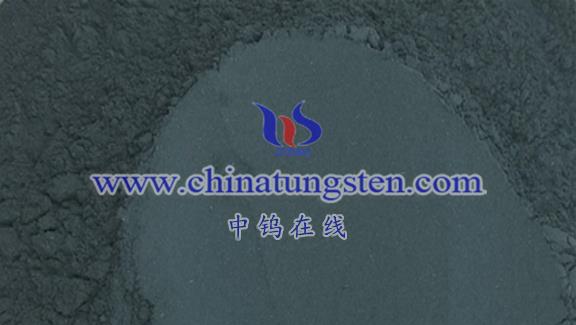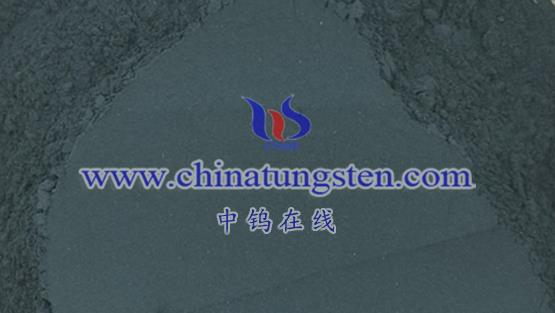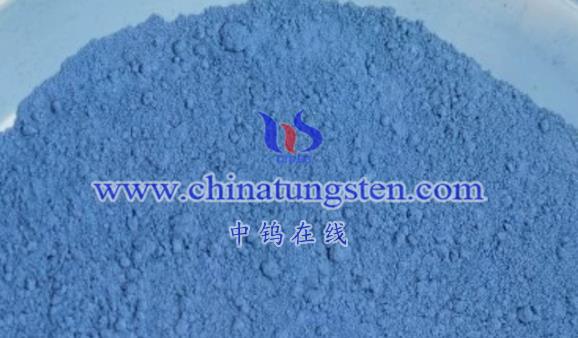
Hexagonal tungsten bronze (MxWO₃) is a non-stoichiometric compound containing tungsten, where M represents one or more cations, such as alkali metals, alkaline earth metals, ammonium ions, or rare-earth metal ions. The value of x lies between 0 and 1, indicating the ratio of cation M to the tungsten oxide (WO₃) framework. Due to its unique crystal structure and physical-chemical properties, hexagonal tungsten bronze holds promising applications in various fields.
Basic Properties of Hexagonal Tungsten Bronze (MxWO₃)
Chemical Formula and Structure
The general formula for hexagonal tungsten bronze is MxWO₃. Its crystal structure primarily belongs to the hexagonal crystal system, although it may also exhibit other crystalline forms like cubic or tetragonal systems. The compound is characterized by its non-stoichiometric nature, meaning the ratio of M to WO₃ is not a strict integer.
Color and Luster
The color and luster of hexagonal tungsten bronze vary with the type of cation M and the value of x:
- When M is sodium (Na), the color of NaxWO₃ changes from golden yellow to light bluish-gray as x decreases.
- For cesium (Cs), Cs₀.₃₃WO₃ exhibits a blue-black color.
Most variants display a metallic luster.
Chemical Stability
Hexagonal tungsten bronze exhibits high chemical inertness:
- It is insoluble in water and all acids except hydrofluoric acid (HF).
- It is, however, soluble in alkaline reagents.
Preparation Methods for Hexagonal Tungsten Bronze
There are several methods to synthesize hexagonal tungsten bronze. Common approaches include:
Thermal Reaction Method
This involves the conversion of tungstates into solid-state tungstic acid gels, followed by a thermal or chemical reaction to form hexagonal tungsten bronze nanoparticles.
Resin Exchange-Sol-Gel Method
In this process:
- A tungstate solution is passed through a cation-exchange resin to produce a tungstic acid solution.
- The tungstic acid is gelled to form a solid-state gel.
- Heat treatment or other chemical reactions convert the gel into hexagonal tungsten bronze nanorods.
Rapid Acidification Method
This approach uses controlled acidification to precipitate tungsten compounds, which are then treated to form hexagonal tungsten bronze.
Applications of Hexagonal Tungsten Bronze (MxWO₃)
- Energy Storage Materials
Hexagonal tungsten bronze, due to its excellent electrical properties, is used as an anode material in rechargeable batteries.
- Coatings and Heat-Insulating Materials
With its strong near-infrared (NIR) absorption and thermal stability, hexagonal tungsten bronze is ideal for producing transparent heat-insulating coatings and films.
- Applications: Architectural glass, automotive windows, and other energy-saving products.
- Catalysis in Petrochemicals
Hexagonal tungsten bronze serves as a catalyst in the petrochemical industry, facilitating various chemical reactions.
- Other Applications
It also finds use in:
- Heating fibers and thermal insulation panels.
- Photothermal therapy for medical applications.
- Electronic devices and sensors.
Summary
Hexagonal tungsten bronze (MxWO₃) is a compound with a distinctive crystal structure and outstanding physical-chemical properties. It has broad applications in fields such as energy storage, coatings, petrochemicals, and advanced materials, making it a highly versatile and valuable material for future technologies.
More details of tungsten oxide product, please visit website: tungsten-oxide.com
Please contact CHINATUNGSTEN for inquiry and order of tungsten oxide:
Email: sales@chinatungsten.com
Tel.: 86 592 5129595

